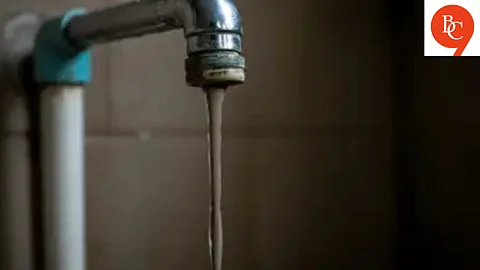

From stomach infections to skin allergies — is your tap water making you sick?
In the last two weeks, panic has gripped several Pune neighbourhoods — not due to a virus or heatwave, but because of something far more basic: the city’s municipal water.
Multiple housing societies in Kharadi, Pimple Saudagar, Baner, Wakad, and Bibwewadi have reported cases of severe stomach infections, vomiting, fever, skin rashes, and foul-smelling tap water.
Social media is flooded with residents posting videos of yellow, muddy water flowing from their supposedly “treated” PMC pipelines. Some are even buying 20-litre cans daily despite paying regular water taxes.
As 2025’s monsoon nears, the crisis is worsening. And most disturbingly, authorities have remained mostly silent — offering vague reassurances instead of accountability.
Here’s a breakdown of how this crisis is affecting health, hygiene, and the lifestyle of everyday Punekars like you — and what you can do about it.
What’s Happening With Pune’s Municipal Water in 2025?
According to recent reports and citizen complaints:
Drinking water supplied by PMC is often discoloured, smells foul, or contains visible sediments.
Boiling is no longer enough — many people report falling ill even after using filters or purifiers.
In societies with overhead tanks, water is mixing with drain or sewage lines due to faulty plumbing or backflow from rainwater.
Water tankers, once considered a quick fix, are now charging 2x–3x prices due to demand spikes.
How Contaminated Water Is Affecting Your Health
Health clinics across Pune, including Sassoon Hospital and private clinics in Hadapsar and Wakad, have seen a 40–60% spike in various number of diseases because of the contaminated water.
Why Is the Water So Contaminated?
Experts cite the following reasons:
Old pipeline infrastructure: Decades-old pipelines are cracking, allowing sewage to seep into drinking water.
Unclean overhead tanks: Most societies don't clean their water tanks more than once a year — breeding bacteria.
Monsoon mismanagement: Rainwater enters pipelines through weak joints or overflow channels.
PMC's failure in real-time monitoring: There’s no effective check on water quality before supply.
What Can You Do to Protect Yourself and Your Family?
1. Use a UV + RO Filter at Home
If you haven’t already, invest in a dual-filtration purifier. UV kills bacteria; RO removes dissolved contaminants.
2. Boil All Drinking and Cooking Water
Even filtered water may be unsafe during a contamination spike. Boiling for 10+ minutes is essential.
3. Clean Overhead Tanks Quarterly
Society management should hire professional cleaning services every 3–4 months.
4. Use Filtered or Bottled Water for Brushing
Many infections begin through the mouth. Don't use tap water unless purified.
